Last updated on
Discover the pros and cons of painting versus refacing kitchen cabinets to make an informed decision for your dream kitchen makeover.
Your kitchen is the heart of your home, and it’s important that it looks its best. If you’re considering a kitchen renovation, one of the biggest decisions you’ll face is what to do with your cabinets.
Should you paint them or reface them? It’s a common question that many homeowners struggle with. The good news is that both options can give your kitchen a fresh new look, but which one is right for you? In this article, we’ll explore the pros and cons of each option so you can make an informed decision about how to update your kitchen cabinets.
What's Inside
Assessing Your Kitchen Cabinets
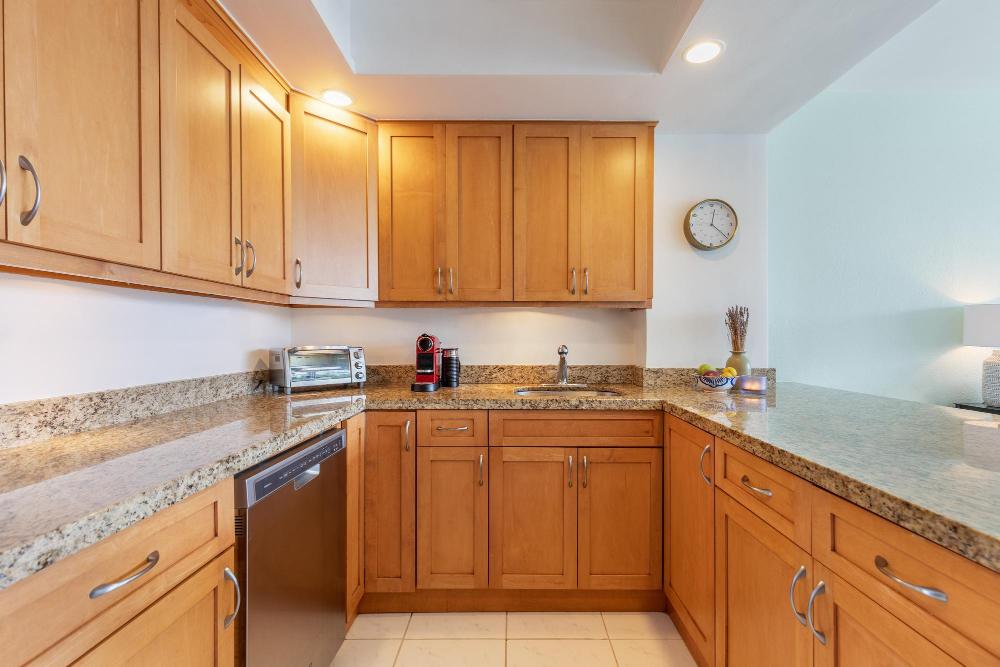
Take a close look at the doors, drawers, and frames of each cabinet. Are they structurally sound? Do they have any cracks or damage that needs repair? If the answer is yes, then refacing might be a better option for you as painting won’t fix structural issues.
Next up is determining what type of material your cabinets are made from. Cabinets made from solid wood can be sanded down and painted with ease while laminate surfaces may require special preparation before painting them.
Another factor to consider when assessing your kitchen cabinets is their age and style. If you have older cabinetry that has intricate details like raised panels or decorative molding on the doors then refacing would allow you to keep those features intact while giving them an updated look.
Paint Versus Reface: The Basics

Painting involves applying a fresh coat of paint to the existing cabinet doors and frames, while refacing involves replacing the cabinet doors and drawer fronts with new ones that match the style of your choice. Both options can give your kitchen a fresh new look without having to replace all of your cabinets entirely.
Painting is often considered an affordable option for those on a budget since it requires fewer materials and labor costs than refacing. It’s also relatively easy to do yourself if you’re comfortable with basic DIY projects.
On the other hand, cabinet refacing offers more design flexibility since you can choose from various styles, colors, finishes, and materials such as wood veneers or laminates.
Painting Kitchen Cabinets: Benefits

One of the biggest benefits of painting your cabinets is that it’s an affordable way to update your kitchen. Compared to refacing or replacing your cabinets, painting them can be much less expensive.
Another benefit of painting your kitchen cabinets is that it allows you to get creative with color and style. You can choose from a wide range of paint colors and finishes, so you’re sure to find something that fits your personal taste and complements the rest of your home decor.
Painted cabinets are easy to maintain with regular cleaning and touch-ups as needed. If you accidentally scratch or chip the paint on one cabinet door, it’s relatively simple (and inexpensive) to touch up just that area instead of having to replace an entire cabinet.
Painting Kitchen Cabinets: Drawbacks
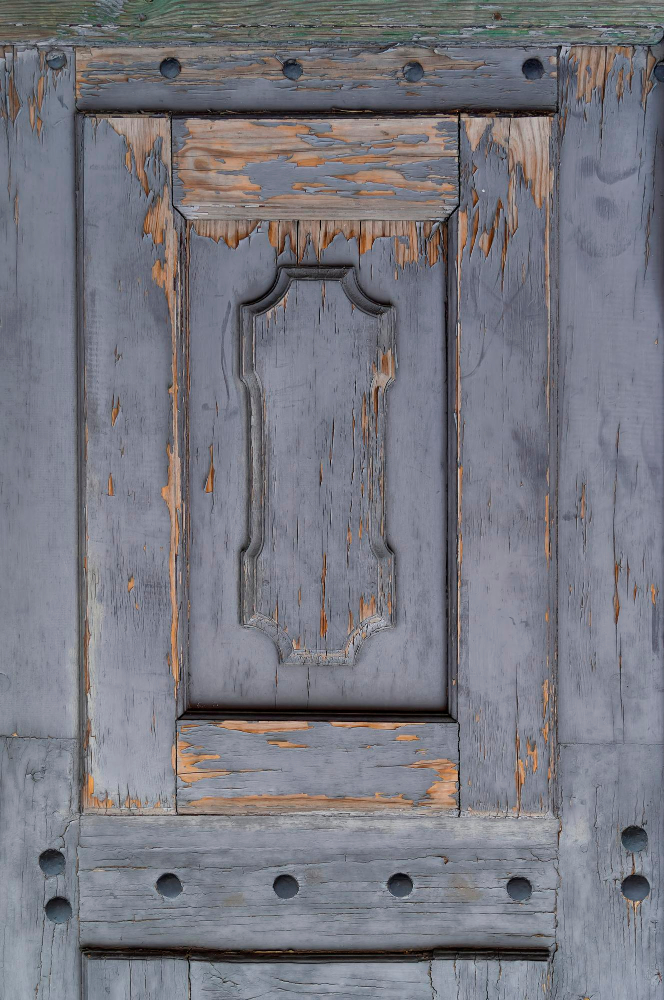
One of the biggest concerns is that painted cabinets may not hold up as well over time as refaced or new cabinets. Paint can chip, peel or fade over time due to exposure to heat, moisture and regular wear-and-tear in the kitchen.
Another drawback of painting your kitchen cabinets is that it requires a lot of preparation work before you even begin painting. You’ll need to thoroughly clean and sand each cabinet surface before applying any paint for optimal adhesion.
This process can be time-consuming and messy.
If you’re looking for a specific finish such as wood grain or high-gloss lacquer on your cabinetry then paint might not be able to achieve this look effectively.
Refacing Kitchen Cabinets: Benefits
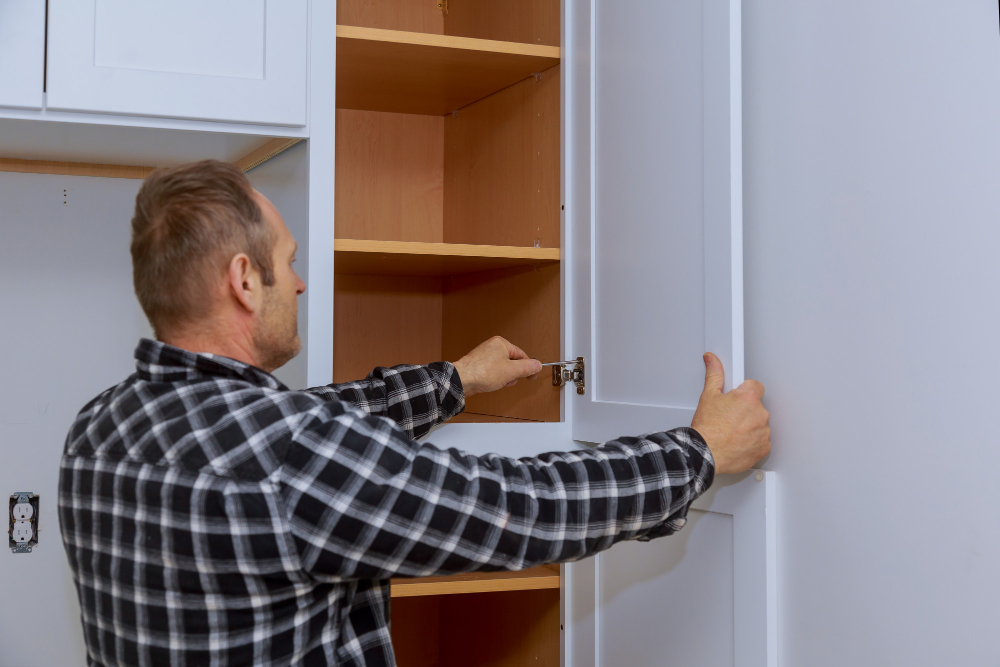
Refacing involves replacing just the cabinet doors and drawer fronts while leaving the existing cabinet boxes in place. This means that you can update your kitchen’s style without having to tear out all of your cabinets and start from scratch.
One major benefit of refacing is that it’s much faster than painting or replacing cabinets altogether. In fact, most professional refacers can complete a job in just one or two days, which means less disruption to your daily routine.
Another advantage is that there are many different materials available for refaced cabinet doors and drawer fronts, including wood veneers, laminates, thermofoil finishes and more. This allows you to choose from an array of styles and colors so that you can achieve exactly the look you want for your dream kitchen.
Refacing Kitchen Cabinets: Drawbacks
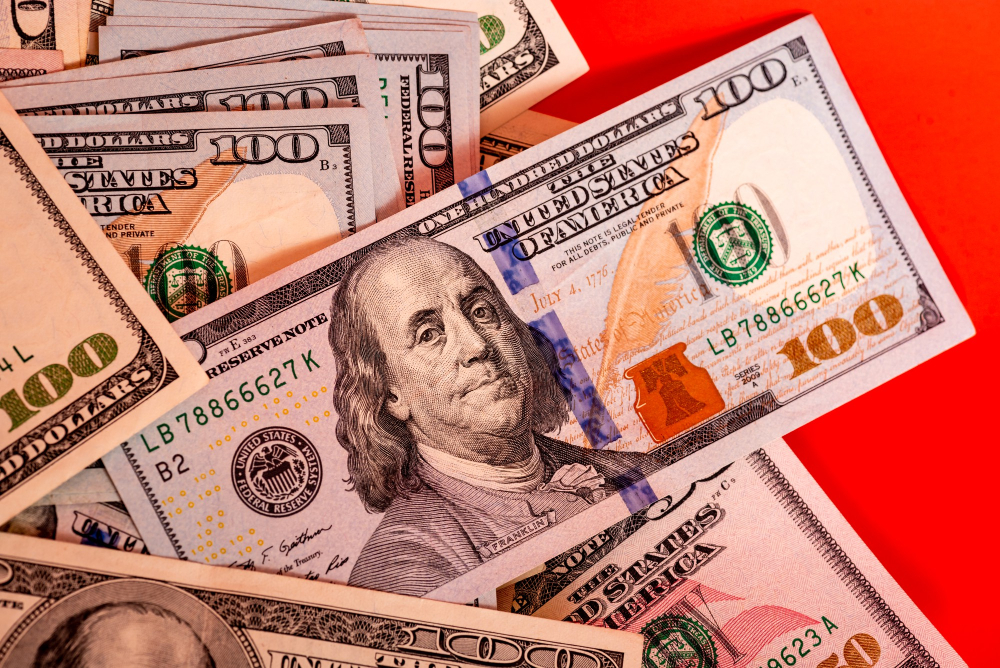
There are some drawbacks to consider before deciding if refacing is right for you.
One major drawback of cabinet refacing is that it can be expensive. While it’s generally less expensive than completely replacing your cabinets, the cost can still add up quickly depending on the materials you choose and how many cabinets need to be refaced.
Another potential issue with cabinet refacing is that it may not always be possible or practical. If your existing cabinetry has structural damage or isn’t in good condition, then simply adding new doors and veneers won’t solve the underlying problem.
In these cases, full replacement may be necessary.
While cabinet refacing can give your kitchen a fresh new look without disrupting your daily routine as much as full replacement would do; however, keep in mind that this process will still require some time and effort from both yourself (if DIY) or professionals (if hiring).
Cost Comparison: Paint Vs. Reface
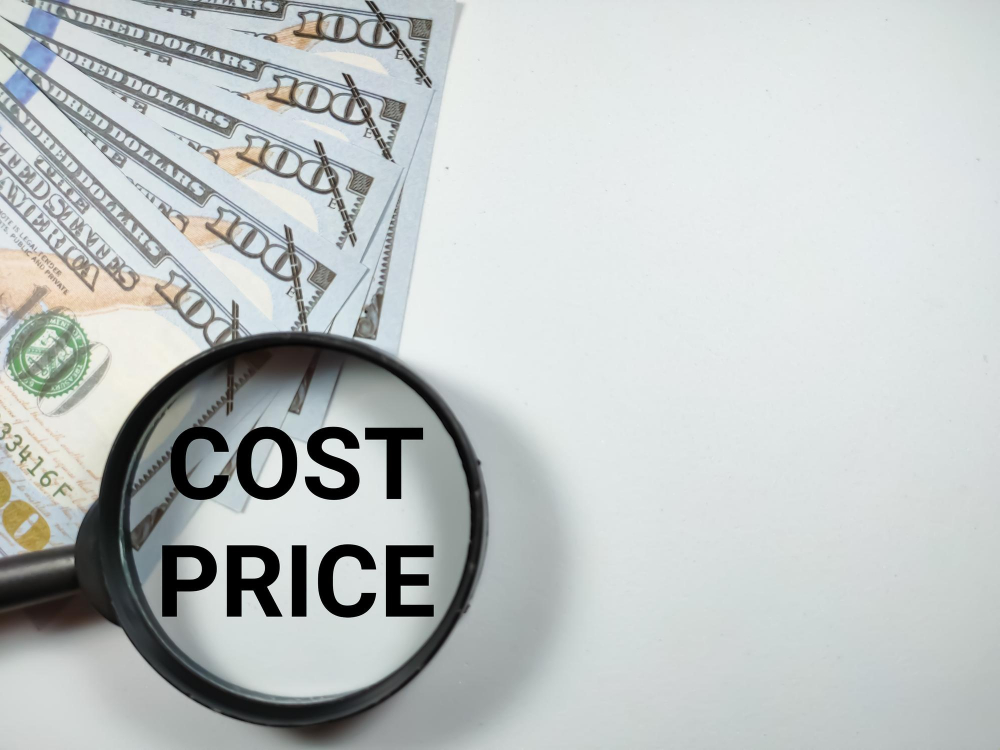
Painting your cabinets is generally the more affordable option, with costs ranging from $1,000 to $5,000 depending on the size of your kitchen and whether you hire professionals or do it yourself. Refacing can be more expensive but still less costly than replacing all of your cabinetry entirely.
The average cost for refacing ranges from $4,000 to $9,000.
While painting may seem like an obvious choice due to its lower price point compared with refacing or replacing altogether; however there are some factors that should be considered before making a decision based solely on budget constraints.
For instance: if you have older cabinets that are in poor condition and require extensive repairs before they can even be painted then this could add up quickly in terms of labor costs which would make refacing a better option overall as it involves less work and time spent fixing damaged areas beforehand.
Choosing the Right Materials
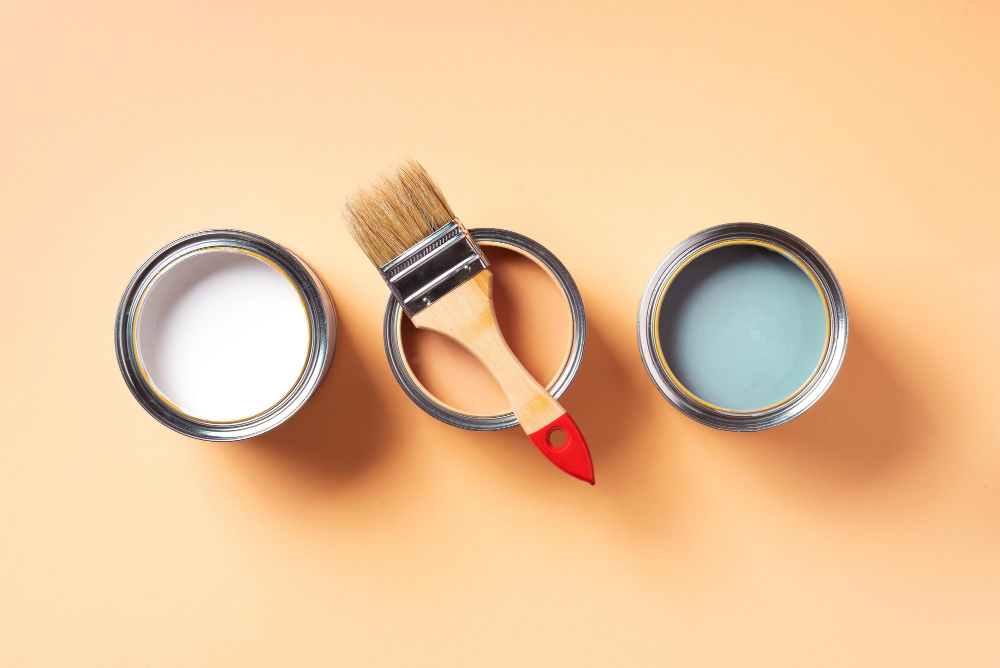
If you’re painting your cabinets, you’ll need paint that’s specifically designed for cabinetry. Look for paints that are durable and easy to clean, as well as those with low levels of volatile organic compounds (VOCs) if you want an eco-friendly option.
If you’re refacing your cabinets, there are several options available including wood veneers and laminates. Wood veneers offer a natural look but can be more expensive than other options like laminates which come in various colors and patterns.
It’s important to choose materials that will not only look great but also stand up against daily wear-and-tear in the kitchen environment. Consider factors such as durability, ease of maintenance and cleaning when making this decision.
Professional Assistance or DIY

Both options have their advantages and disadvantages.
If you’re on a tight budget, painting your cabinets yourself can save you money. However, keep in mind that it’s not an easy task and requires some skill and patience.
You’ll need to remove all cabinet doors and hardware before sanding them down for painting. If done incorrectly, this could lead to chipping paint over time.
On the other hand, hiring professionals will ensure that everything is done correctly from start to finish without any hassle on your part. They have experience with both painting and refacing kitchen cabinets so they know what works best for each situation.
How to Paint Kitchen Cabinets

First, it’s important to choose the right type of paint for your cabinets. Look for a high-quality enamel or oil-based paint that will provide durability and resist chipping and peeling.
Before painting, remove all cabinet doors and hardware. Clean the surfaces thoroughly with soap and water or a degreaser solution to remove any dirt or grease buildup.
Sand down any rough spots on the surface of the wood so that they’re smooth.
Next, apply primer using either a brush or roller in even strokes across each surface area of your cabinet doors (and frames if necessary). Allow this coat time dry completely before applying another layer if needed.
Once primed properly then apply two coats of quality finish coat with an appropriate tool such as brush/roller/spray gun etc., allowing ample drying time between each application.
How to Reface Kitchen Cabinets
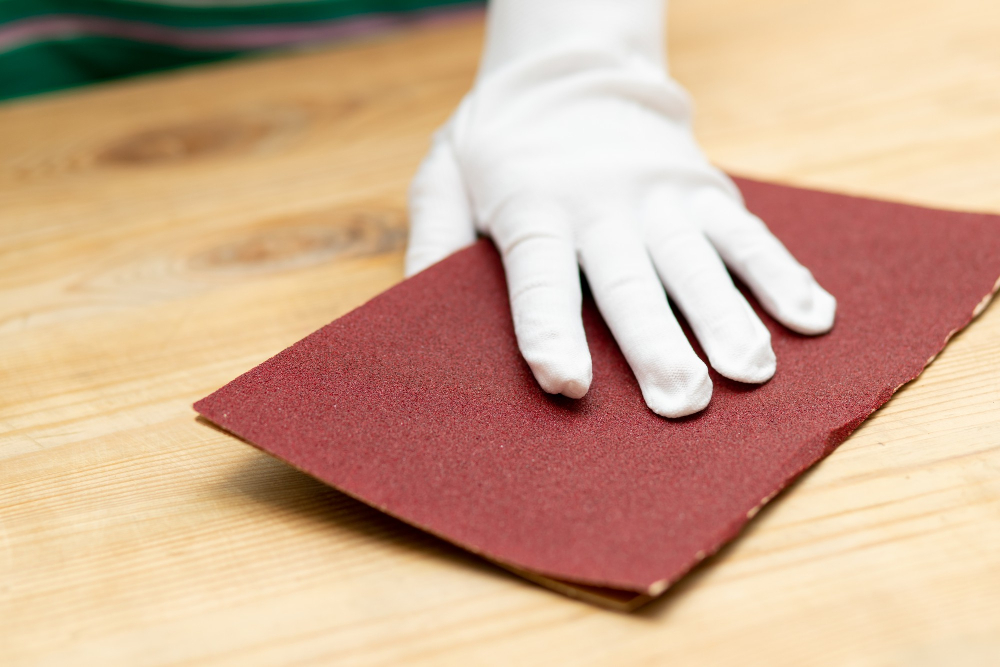
First, remove all cabinet doors and hardware. Then clean the surfaces thoroughly with a degreaser and sand them lightly so that they’re ready for new veneer or laminate.
Next, measure each cabinet surface carefully and cut your chosen material accordingly. Apply adhesive to the back of each piece of veneer or laminate before pressing it onto its corresponding surface.
Once all surfaces are covered in new material, reattach any hardware that was removed earlier. You can also choose to upgrade your handles or knobs at this point if you’d like a fresh look.
Step back and admire your newly refaced cabinets! This process can be done on both upper and lower cabinets as well as on islands or other built-in features in your kitchen space.
While refacing may seem like an easy DIY project at first glance, it’s important to note that mistakes made during installation could lead to costly repairs down the line.
Maintenance Tips for Painted Cabinets

One of the biggest benefits of painted cabinets is that they are relatively easy to clean and maintain. However, there are a few things you should keep in mind.
Firstly, avoid using harsh chemicals or abrasive cleaners on your painted cabinets as they can damage the finish. Instead, use a mild soap and water solution or a specialized cabinet cleaner.
Secondly, be careful not to scratch or chip the paint when opening and closing cabinet doors. To prevent this from happening over time consider adding bumpers inside each door where it meets with another surface.
Lastly but most importantly ensure that any spills on your painted cabinetry are wiped up immediately before they have time set into the finish which could cause permanent staining.
Maintenance Tips for Refaced Cabinets

Here are some tips that will help keep your refaced cabinets looking great for years to come.
1. Clean Regularly: Just like with painted cabinets, regular cleaning is essential for maintaining the appearance of refaced ones.
Use a soft cloth and mild soap or detergent solution when wiping down the surfaces.
2. Avoid Harsh Chemicals: Abrasive cleaners can damage the finish on your cabinet doors and drawers, so avoid using harsh chemicals such as bleach or ammonia-based products.
3. Handle With Care: Be gentle when opening and closing cabinet doors and drawers as rough handling can cause scratches or dents in the new surface material.
4. Keep Moisture Away: Water is one of wood’s worst enemies; therefore, it’s crucial not only keeping moisture away from wooden parts but also avoiding placing hot pots directly onto newly surfaced areas since they may warp over time due to heat exposure.
5- Check Hinges & Hardware Periodically – Make sure all hinges are tight enough so that there isn’t any wobbling while opening/closing them regularly.
Upgrading Hardware and Accessories

Swapping out old, outdated knobs and pulls for modern ones can instantly update the style of your kitchen. You can also add functional accessories like pull-out shelves or lazy susans to make better use of space inside your cabinets.
When upgrading hardware, consider factors such as size, shape, finish, and overall design aesthetic. Choose pieces that complement the style of both your cabinets and the rest of your kitchen decor.
Adding personal touches like decorative handles or unique drawer pulls can also help you achieve a custom look that reflects your personality. Just be sure not to go overboard with too many different styles or finishes – it’s best to stick with one cohesive theme throughout all cabinet hardware in order to maintain a polished appearance.
Adding Personal Touches
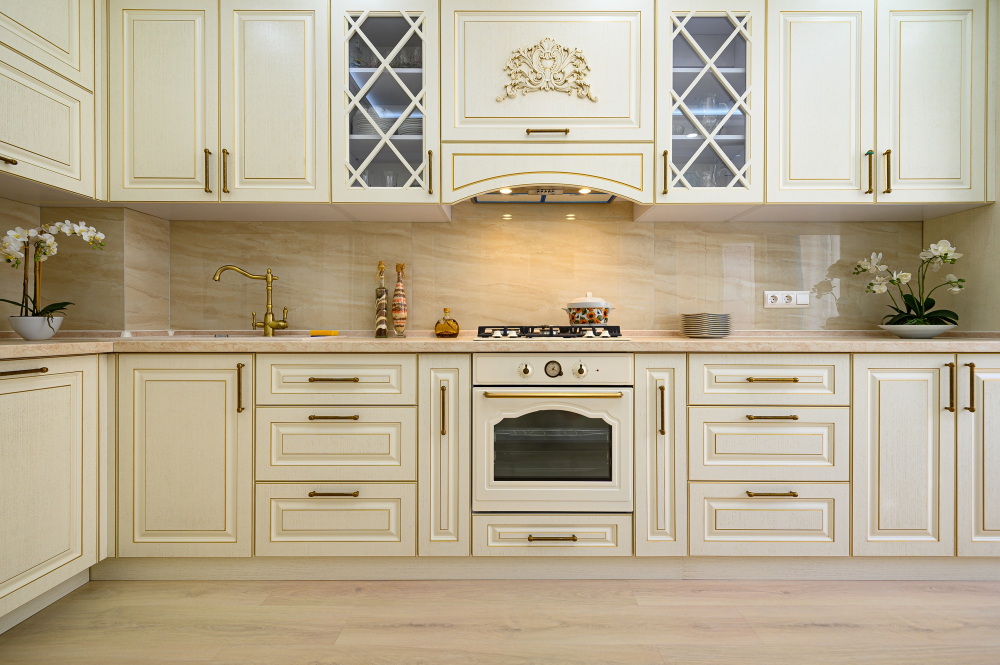
There are many ways you can do this, from adding decorative hardware like knobs and pulls, to incorporating glass doors or open shelving for displaying items. You could also consider painting the inside of the cabinets a different color than the outside for an unexpected pop of color.
Another option is to add custom details like molding or trim that match other elements in your kitchen such as crown molding or baseboards. This will create a cohesive look throughout the space.
If you’re feeling particularly creative, try stenciling designs onto cabinet doors using paint or wallpaper scraps. This adds visual interest without being too overwhelming.
Risks Involved in Painting Kitchen Cabinets
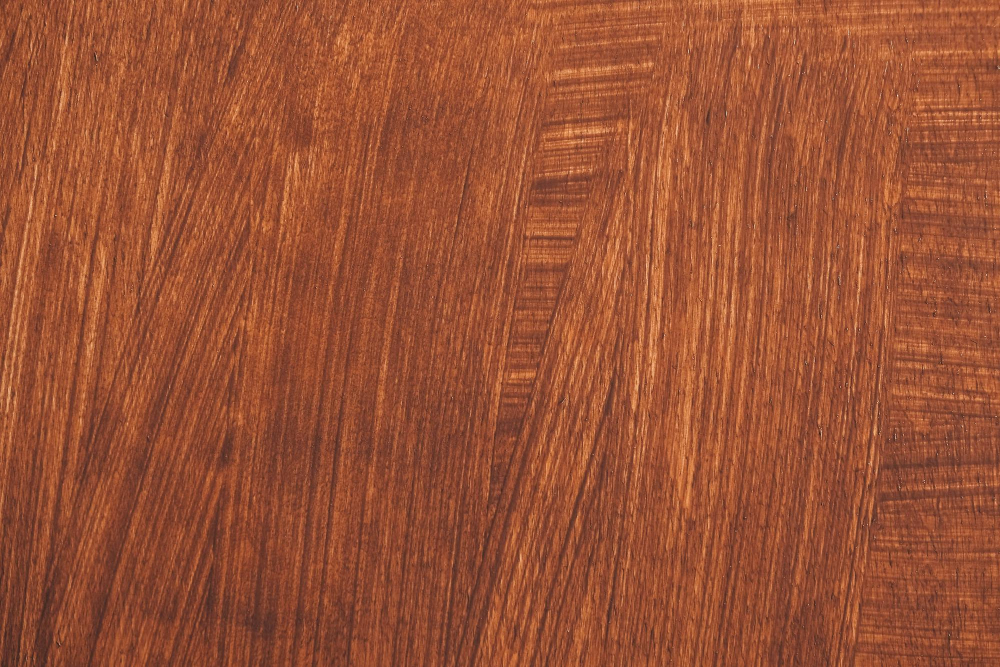
One of the biggest risks is that if you don’t properly prepare and prime the cabinets before painting, the paint may not adhere properly and could peel or chip easily. This can lead to unsightly blemishes on your newly painted cabinets.
Another risk is that if you choose a low-quality paint or finish, it may not hold up well over time. Kitchen cabinets are exposed to heat, moisture, and grease on a daily basis which means they need durable finishes that will withstand these conditions.
Improper ventilation during painting can cause health hazards due to inhaling fumes from paints containing volatile organic compounds (VOCs). It’s important always to follow safety guidelines when working with any type of chemical product in an enclosed space like a kitchen.
To minimize these risks when painting your kitchen cabinets yourself consider using high-quality materials such as primer specifically designed for cabinetry surfaces; choosing non-toxic paints with low VOC content; ensuring proper ventilation while working in confined spaces; following manufacturer instructions carefully for best results.
Risks Involved in Cabinet Refacing
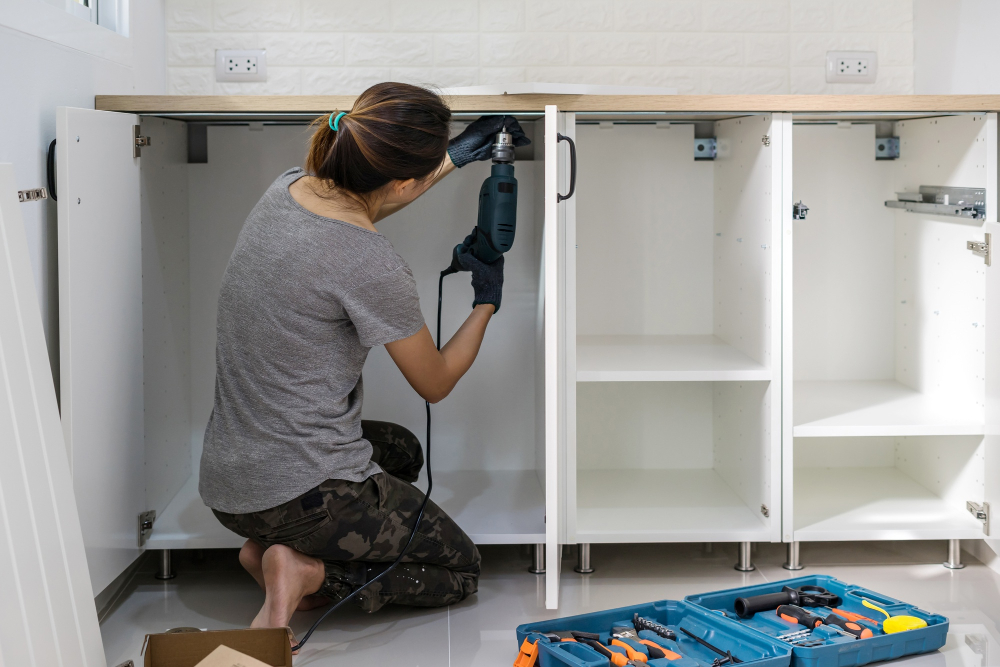
There are some risks involved in cabinet refacing that you should be aware of before making your decision.
One risk is that if your existing cabinets are not structurally sound, then refacing them may only be a temporary fix. If you have water damage or other structural issues with your current cabinets, then simply adding new doors and veneers will not solve the problem.
Another risk is that if you choose to reface your cabinets yourself instead of hiring a professional, it can be easy to make mistakes during installation. This can result in uneven surfaces or poorly aligned doors and drawers which will affect both functionality and aesthetics.
Lastly, while cabinet refacing may seem like an affordable alternative to full replacement at first glance; however depending on materials chosen for refinishing it could end up being just as expensive as buying brand-new cabinetry.
Tips for Choosing the Right Cabinet Paint Color
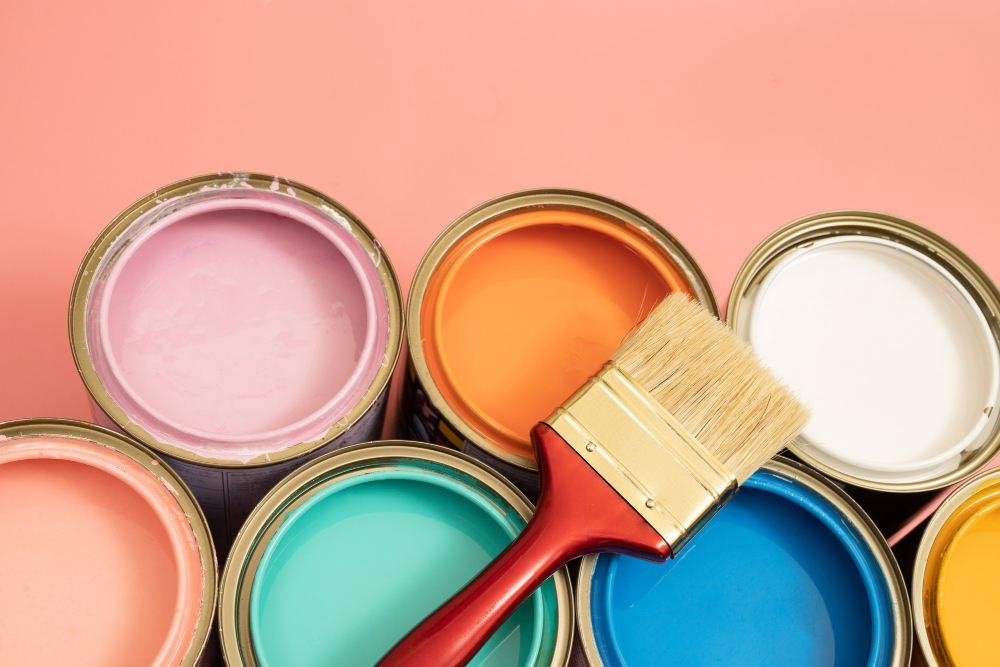
The color you choose will set the tone for your entire kitchen and impact how you feel when spending time in this space. Here are some tips to help you choose a cabinet paint color that works best for your home:
1. Consider Your Kitchen’s Style: Think about what style of kitchen you have or want to create – modern, traditional, farmhouse-style? This will help guide your choice of colors.
2. Look at Your Existing Decor: Take into account any existing decor elements such as countertops and backsplash tiles that cannot be changed easily.
3. Go Neutral or Bold: You can never go wrong with neutral shades like white, gray or beige which work well with most styles and allow other design elements in the room stand out more prominently; alternatively bold colors like navy blue or forest green add personality but may require careful consideration before committing.
4.Test Before Painting: Always test a small area first before painting all cabinets so that there are no surprises once everything is done!
FAQ
What is the downside to painting kitchen cabinets?
The downside to painting kitchen cabinets is that it is more expensive than staining, not suitable for damaged cabinets, and not very DIY-friendly.
Is it worth it to reface kitchen cabinets?
Yes, refacing kitchen cabinets can be a cost-saving and effective option for remodeling if the cabinets are well-constructed, in good shape, and a different look is desired, while the existing kitchen layout functions efficiently.
Is it cheaper to replace kitchen cabinet doors or paint them?
It is cheaper to paint kitchen cabinet doors than to replace them, as repainting costs roughly a third of the price.
What do professional painters use for kitchen cabinets?
Professional painters use alkyd paints for kitchen cabinets due to their hard and durable finish, making them ideal for metal or wood surfaces.
What are the key factors to consider when choosing between painting and refacing kitchen cabinets?
The key factors to consider when choosing between painting and refacing kitchen cabinets include cost, time, desired appearance, and the condition of the existing cabinets.
How does the durability of painted cabinets compare to refaced cabinets?
Painted cabinets may not be as durable as refaced cabinets because the latter typically involves replacing the existing cabinet surface with a new veneer, offering longer-lasting results.
What types of finishes and materials are available for refacing kitchen cabinets?
Types of finishes and materials available for refacing kitchen cabinets include laminate, wood veneers, and rigid thermofoil (RTF).




